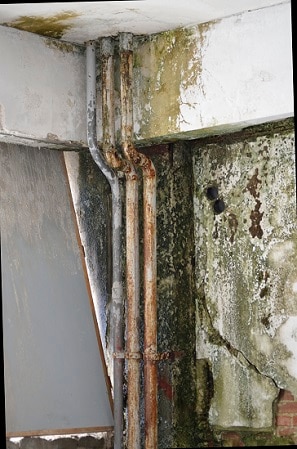Indoor Environmental Quality

Testing and Remediation of Dampness and Mold Contamination
Testing
There are no health-based standards for acceptable levels of biological agents in indoor air. We do not recommend routine air sampling for mold with building air quality evaluations. This is because mold concentrations in the air cannot be interpreted in relation to health risks.
In many cases, very short-term sampling for mold spores is performed. However, the results may not represent actual exposures. Spore counts and culture results are often included in indoor air quality reports. These do not capture the full range of exposures.
What building occupants react to is unknown. It may be:
- Mold.
- A compound produced by mold.
- Something related to bacteria.
- Compounds released into the air when wet building materials break down.
We have found thorough visual inspections and/or detection of problem areas via musty odors are more reliable. NIOSH uses these methods, which have shown association with health risks in buildings that have indoor environmental complaints.
Remediation
Appropriate remediation includes:
- Drying wetted materials within 48 hours of getting wet or remove the materials.
- Making necessary repairs to prevent further water entry into the building.
- Following appropriate remediation guidelines with proper containment when identifying mold on materials.
Inappropriate remediation (e.g., painting over water-damaged materials or moldy surfaces) can cause further problems with building degradation and symptoms in occupants.
For complete remediation guidelines, go to the New York City Department of Health and Hygiene’s Guidelines on Assessment and Remediation of Fungi in Indoor Environments site.
